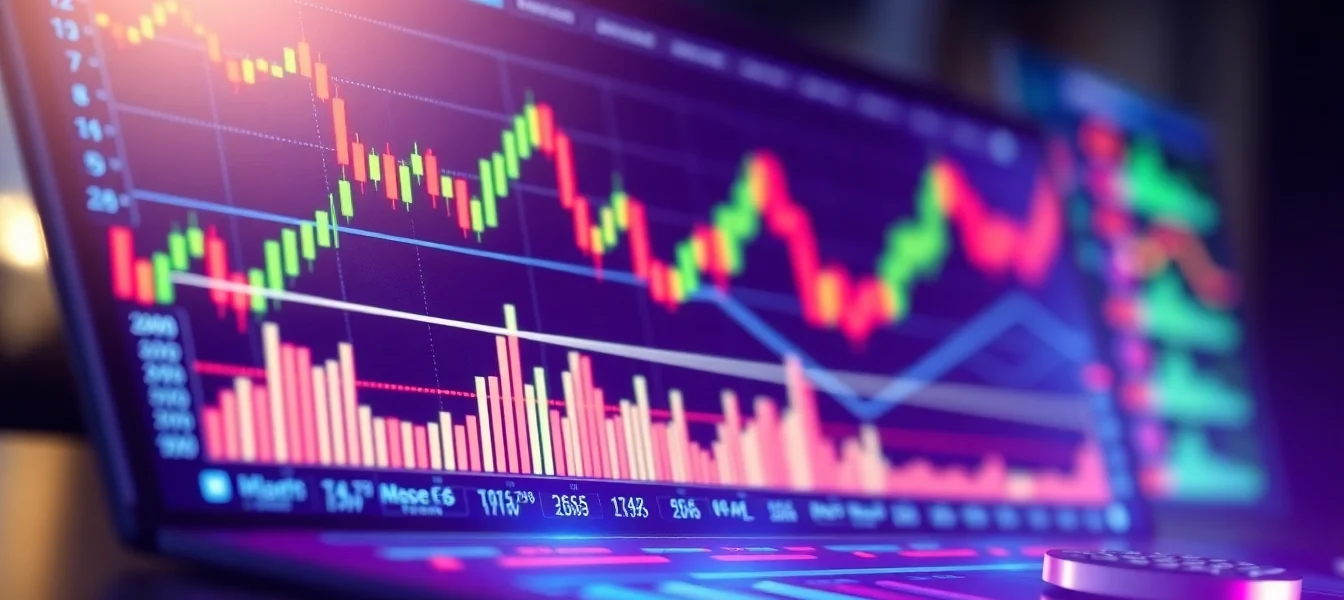Understanding CFD Trading Basics
Contract for Difference (CFD) trading has become a prominent method for traders and investors looking to speculate on the price movements of various financial instruments. Offering both opportunities and challenges, CFD trading enables individuals to anticipate the changes in asset prices without needing to own the underlying asset. In this article, we will delve deep into the fundamentals of CFD trading, exploring its mechanics, benefits, key challenges, effective strategies, and the means to measure trading success. If you’re interested in cfd trading, understanding these concepts is critical for your success.
What is CFD Trading?
CFD trading is essentially a financial agreement between two parties – the buyer and the seller. The core of the agreement revolves around the speculation of asset prices, where differences in the asset’s value are settled between the parties. Unlike traditional investing methods, where ownership of the asset is transferred, CFD trading allows for profit generation based on the price movements of assets without the need to buy or sell the actual underlying asset.
The Mechanics of CFD Trading
At its core, CFD trading requires a broker to facilitate trades between buyers and sellers. Once a trader opens a position, they can take either a long or short position. A long position is taken if the trader believes the price of the underlying asset will increase, whereas a short position is adopted if the trader anticipates a price decrease. The beauty of CFD trading lies in its use of leverage, allowing traders to control large positions with a relatively small capital input, which magnifies potential profits (and losses).
Types of Assets in CFD Trading
CFDs are versatile instruments that can be used to trade a wide variety of assets. These include:
- Shares: CFDs allow speculation on individual company stocks without ownership.
- Indices: Traders can speculate on the performance of stock indices such as the S&P 500 or DAX 30.
- Commodities: CFDs are available for trading a range of commodities including gold, oil, and agricultural products.
- Forex: Currency pairs can also be traded using CFDs, emphasizing the relationship between different global currencies.
- Cryptocurrencies: The rise of digital currencies has led brokers to offer CFDs for popular cryptocurrencies like Bitcoin and Ethereum.
Key Benefits of CFD Trading
Leverage and Margin Explained
One of the most appealing aspects of CFD trading is the ability to use leverage. Leverage allows traders to control larger posits without needing the full capital upfront. For example, with a leverage ratio of 1:100, a trader can control a position worth €10,000 by only investing €100. This means that the potential for profit is significantly enhanced; however, it is essential to remember that while leverage can accelerate gains, it can also exponentially amplify losses.
Flexibility in Trading Strategies
CFD trading offers immense flexibility in terms of trading strategies. Traders can go long or short, utilize varying time frames, and implement a wide array of strategies, from day trading to swing trading. Furthermore, the ability to employ stop losses and take profit orders enables proper risk management, allowing traders to cap potential losses and secure profits as desired.
Accessing Global Markets through CFDs
CFDs provide traders direct access to diverse global markets, all from a single trading platform. This ability to trade various financial instruments from different categories enhances the potential for portfolio diversification and risk management, as traders are not confined to a single asset or market environment.
Common Challenges in CFD Trading
Risk Management Techniques
CFD trading, albeit lucrative, comes with inherent risks. To safeguard your capital, implementing sound risk management strategies is crucial. Measures include setting appropriate leverage levels, diversifying trades across various asset classes, and using risk management tools such as stop-loss orders. Establishing a risk-to-reward ratio for each trade ensures that your potential profits outweigh possible losses.
Emotional Discipline for Traders
Maintaining emotional discipline amidst the highs and lows of trading can be challenging. Emotional responses can lead to irrational decisions, such as overtrading or holding onto losing positions in hopes of recovery. Developing a trading plan and adhering to it can help mitigate emotional influences. Journaling trades and analyzing both wins and losses can also cultivate a more disciplined approach to trading.
Regulatory Considerations in CFD Trading
Regulatory bodies closely monitor the CFD trading industry due to its speculative nature and high-risk qualities. Traders must ensure they operate with a regulated broker to guarantee that they adhere to industry standards. Familiarity with the specific regulations in your country is also imperative to ensure compliance and protection as a trader.
Implementing Effective CFD Trading Strategies
Technical Analysis for CFD Traders
Technical analysis forms the backbone of many successful CFD trading strategies. By studying historical price movements and patterns, traders can make informed predictions about future price actions. Tools such as trend lines, moving averages, and oscillators can aid in identifying potential entry and exit points. Additionally, integrating chart patterns like head and shoulders, double tops, or flags can enhance trade decision-making.
Fundamental Analysis in CFD Trading
Alongside technical analysis, fundamental analysis is vital in understanding market movements. Traders should pay attention to economic indicators, corporate earnings reports, news releases, and geopolitical events that affect asset prices. By combining both technical and fundamental analyses, traders can build comprehensive insights that support their trading strategies.
Developing Your Trading Plan
A well-structured trading plan is fundamental for success. The plan should outline your trading goals, risk tolerance, strategies, and the resources you will utilize. Be specific about which assets you will trade, your position sizes, and your management of trades. It’s also essential to regularly review and adjust your plan based on your trading performance and market conditions.
Measuring Performance and Success in CFD Trading
Tracking Your CFD Trading Results
Meticulously tracking your trading results is crucial for growth and improvement. By recording every trade, including your reasoning for entering and exiting, you can analyze patterns in your successes and failures. This process will help reinforce winning strategies and identify weaknesses in your trading approach.
Using Trading Journals
Maintaining a trading journal can significantly enhance your performance as a trader. A journal allows you to document strategies, decisions, emotions, and market conditions at the time of trades. This ongoing reflection can provide insights into your trading behavior and lead to more disciplined and informed decision-making moving forward.
Adjusting Strategies Based on Performance Metrics
Regularly analyzing performance metrics will also inform necessary adjustments to your trading strategy. Metrics such as win/loss ratio, average profit per trade, and drawdown measures help to evaluate whether your approach needs reevaluation. A proactive adjustment mindset—being willing to change your strategy based on performance—can help in achieving long-term trading success.
Conclusion
CFD trading presents a unique opportunity for traders to engage with global markets and exploit price movements without direct asset ownership. By understanding the fundamentals, leveraging benefits, managing risks, implementing effective strategies, and measuring performance, traders can enhance their likelihood of success in this dynamic and often challenging realm. As you continue your journey in CFD trading, remember that ongoing education and experience will be your best guides.




